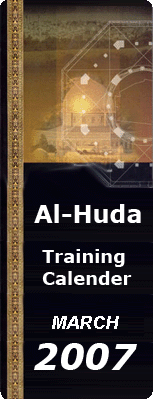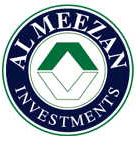| |
MALAYSIA'S takaful industry will once again outperform its conventional insurance counterparts this year, thanks to the growing demand for Islamic financial instruments in the country and globally.
Backed by government initiatives to position Malaysia as the global hub for Islamic finance, takaful is expected to grow 20 per cent this year, said Md Azmi Abu Bakar, president of the Malaysian Takaful Association (MTA)
The industry is forecast to record an improvement from the RM1.3 billion net contribution for both family (life) and general business combined in 2005 to RM1.7 billion in 2006.
Azmi noted that growth will be spurred when the four new takaful players start operations proper this year, as well as from the spillover effect of the Ninth Malaysia Plan's implementation.
"These and the government role in strengthening the takaful industry's infrastructure and regulatory measures, and new initiatives such as the Malaysia International Islamic Finance Centre will all come into play to make the industry continue to experience robust growth in the near future," said Azmi, who is also the chief executive officer of Syarikat Takaful Malaysia Bhd.
MTA said the penetration rate of takaful was still low at 6 per cent in 2006. It believes there is tremendous potential for the family business segment to grow further.
Traditionally, family business represents 70 per cent of the net contribution, with the rest coming from general business.
Azmi expects favourable growth in the Islamic private debt securities market to continue this year and to boost growth in total assets in the takaful industry.
"We forecast for the period 2006, and at a conservative growth rate of 16 per cent for both funds, that assets should be in the region of RM7 billion for the combined family and general takaful funds," he said.
For 2005, total assets of the family takaful fund stood at RM5 billion and of the general takaful fund, at RM830 million.
Malaysia is the world's largest issuer of Islamic debt, accounting for US$32 billion (RM113 billion), or 60 per cent of the global Islamic debt outstanding.
To improve the industry's assets and investment portfolio, MTA proposes that takaful operators go for a wider spread of quality investment instruments that are syariah compliant as well as venture abroad.
In 2005, a major part of the takaful funds were invested in Islamic private debt securities and equities instruments, followed by investment accounts and Islamic money market, and government Islamic papers, representing an average of more than 46 per cent, 25 per cent and 12 per cent respectively of the combined assets of the family and general takaful funds invested in these instruments.
In overcoming challenges this year, heading the list would be to have adequate retakaful capacity to back takaful operators in the course of handling more complex and larger risks, said Azmi.
He also noted that it was timely that Bank Negara Malaysia recently awarded two retakaful licences, which could help reduce the "leakage" which arose when takaful operators relied on conventional reinsurance companies for support.
Another challenge would be the shortage of skilled labour, he said.
|






